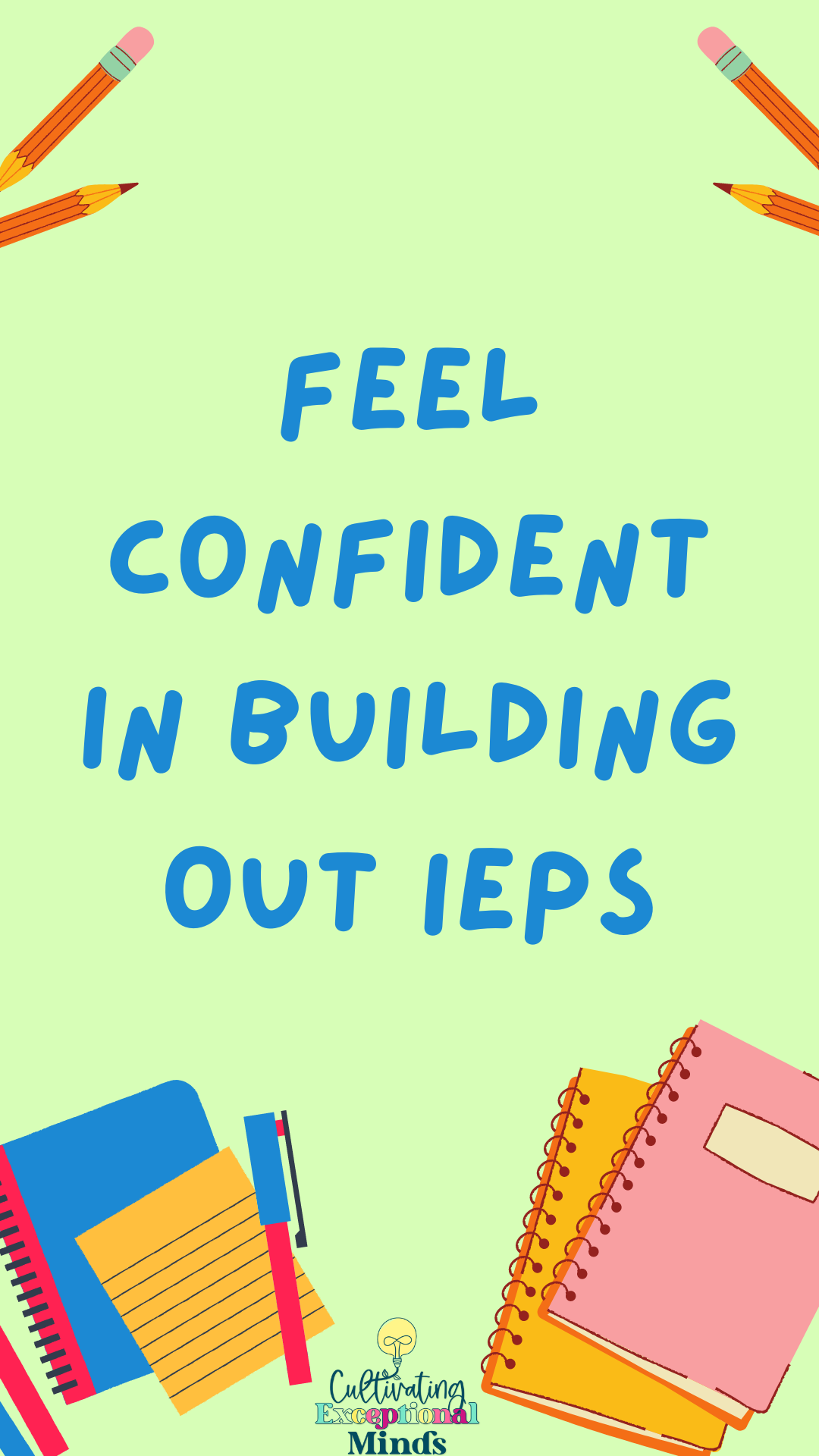Do you get a sinking feeling in your stomach when you think about progress reports? No matter how hard I try to be organized, they seem to sneak up on me every time. That makes them feel so overwhelming for me! So this year, I set out to do things differently. I wanted to know how to tackle progress reports like a pro.
- Be Specific and Measurable:
- Describe the student’s progress using concrete and measurable terms. Use quantifiable data, percentages, or specific examples to illustrate their achievements or areas for improvement related to the IEP goals.
- Refer to Baseline Data:
- Always refer back to the baseline data taken at the beginning of the IEP period. Highlight the progress made from the baseline, showcasing the growth and changes in the student’s performance over time.
- Use Clear and Understandable Language:
- Write in clear, simple language that all stakeholders, including parents and other team members, can easily understand. Avoid jargon or technical terms that might be confusing to individuals unfamiliar with special education terminology.
- Link Progress to IEP Goals:
- Clearly connect the progress reported to the specific IEP goals or objectives. Explain how the student’s performance aligns with the goals, illustrating whether they have met, exceeded, or are working towards achieving those goals.
- Include Strategies and Interventions:
- Discuss the strategies and interventions implemented to support the student’s progress towards their IEP goals. Highlight successful approaches and any adjustments made to optimize learning and skill development.
Remember, the progress report is an opportunity to communicate the student’s journey and growth effectively. Paint a clear picture of their accomplishments, challenges, and the strategies in place to ensure their continued progress in reaching their IEP goals.
Pro tip: write in your due dates for progress reports for the entire year now! (yep, you’ll thank me later)
Get Organized
As I have already said, progress reports always seem to sneak up on me. It suddenly hits a day or two before the end of the 9 weeks that I have to get them updated. The lack of time is unnecessary pressure. So the first step I made in how to tackle progress reports like a pro was to get organized. I used my digital planner that was created for Special Education teachers every single day.
So, at the beginning of the school year I went ahead and marked progress reports on my calendar 10 days before they were due. This gave me plenty of time to look over the IEP goals for each student, do any last minute reviews of progress and print charts to show progress. By having this reminder, almost like a mandatory appointment, I have felt less stressed when the time came to complete the paperwork.
Collecting Data
The next change that I made was switching to collecting data digitally. I have tried to use digital forms of collection in the past. I always ended up with at least a cross between paper/pencil and digital. This year, I made the full jump and I do not regret it. I created google sheets for each of my students and their goals. Then I use my iPad during instruction time to track how they are doing. I tend to collect data anywhere from once a week to once every two weeks. By going digital, I am able to easily print off charts showing the progress. I can also show the lack of progress, when the 9 weeks ends. In episode 132 of my podcast I shared some tips and strategies about feeling confident with data collection.
Sharing with Parents
I have always shared progress reports with parents. However, I will admit that in the past it has been more of a formality than an actual benefit. The last step in how to tackle progress reports like a pro is communication with my parents. What I do now is send home two copies of the progress report. I make sure to attach printed charts and written notes about how my students are performing.
Build Collaboration with IEP Team
In the notes I make sure to include independent level in a skill or still needing some accommodations and support. I also make note if no progress is being made. Then attempt to schedule an IEP meeting so that we can make necessary changes to the goals. I ask parents to keep one copy of the report and to send the other back signed for my records. This ensures that the parent saw the progress report and had an opportunity to review it. I place the signed copy back in the IEP folder. Then it can all be reviewed again at the annual meeting. By making the progress report more meaningful and purposeful, I no longer dread doing them.
After 13 years of experience, I suddenly have a new appreciation for progress reports. This is mostly because of some organization and change in methods, I no longer dread the thought of them. They are purposeful and not just a checkbox to me.
Want to know more about how to handle progress reports like a pro? Grab this freebie!
Check out these episodes on the podcast:
Check out episode 4– progress monitor like an expert
Or episode 117– Do This to Get Clear on Progress Monitoring
Episode 136– Progress reports like a pro

Podcast: Play in new window | Download










